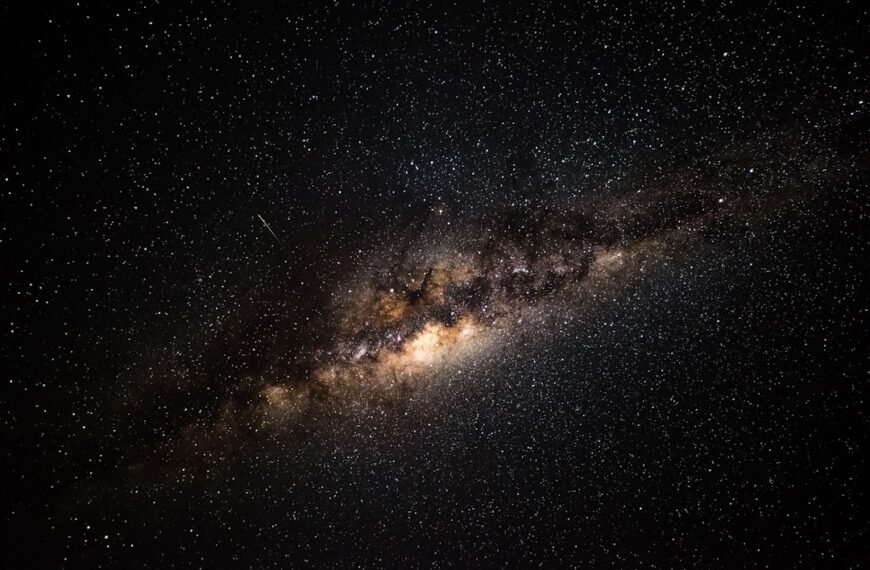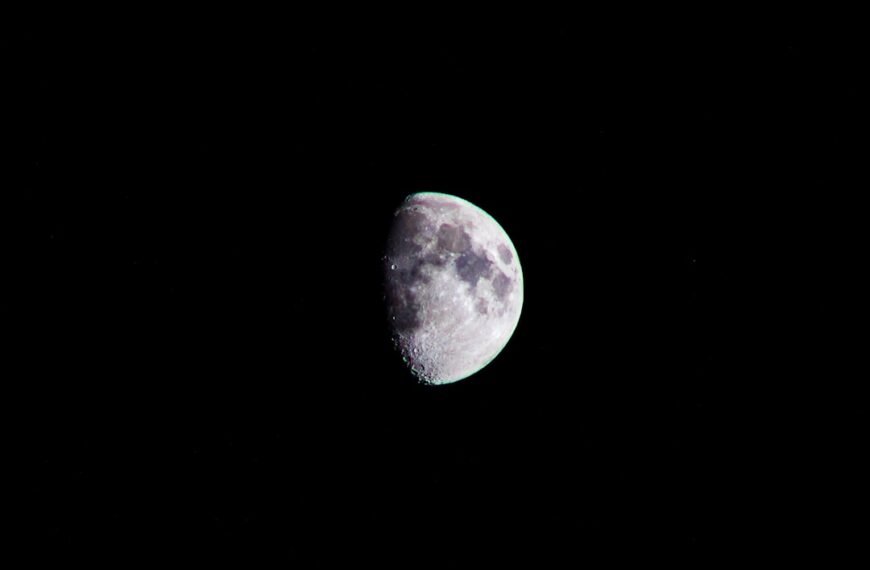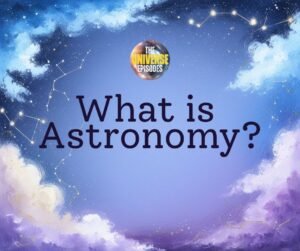Discover the sun’s mass mystery! Explore precise measurements, variations, and calculation methods. Uncover cosmic secrets now!
Do you ever find yourself gazing at the sky, pondering the mysteries of the universe? One such enigma that has fascinated scientists and enthusiasts alike is the exact mass of the sun. In this comprehensive blog post, we explore this intriguing topic, dissecting the most accurate scientific measurements, the variations in reported values, and the methods used to calculate the sun’s mass. Let’s delve into the fascinating details!
Key Takeaways
Before we venture into the cosmos, let’s highlight the main points you’ll find in this post:
- The most precise and widely accepted value for the sun’s mass is 1.9885 × 10^30 kg, according to NASA’s Goddard Space Flight Center (GSFC).
- Slight variations exist in the reported mass of the sun across different scientific sources, mainly due to different rounding practices and updates in measurement techniques.
- The sun’s mass is calculated using various methods such as Newton’s Law of Universal Gravitation, Kepler’s Third Law of Planetary Motion, Helioseismology, and observations from spacecraft and satellites.
- The accuracy of these measurements is dependent on several factors, including the precision of the gravitational constant (G) and the Earth-Sun distance.
- FAMILY FRIENDLY DESIGN – With a 750ml capacity and an easy-to-use dispensing mechanism, this convenient sunscreen lotion…
- 80 MINUTE WATER RESISTANCE – Sun X 50 Sunscreen is an FDA-registered formula that offers water & sweat resistance for up…
- REEF SAFE – We are proud to say our PABA free sunscreen is formulated without the use of Oxybenzone and Octinoxate, allo…
The Most Accepted Value of the Sun’s Mass
The exact mass of the sun is a topic of ongoing research and slight variations exist in the reported figures across different scientific sources. However, the most precise and widely accepted measurement of the sun’s mass is 1.9885 × 10^30 kg. This value is reported by NASA’s Goddard Space Flight Center (GSFC), considered one of the most authoritative sources in astronomical measurements.
Variations in Reported Values
Despite the general consensus on the sun’s mass, slight variations exist across different scientific sources. These variations can be attributed to different rounding practices, updates in measurement techniques over time, or slight differences in the methodologies used for calculation. Here’s a brief overview of some of the variations:
- NASA GSFC: 1.9885 × 10^30 kg
- Wikipedia (referencing US Naval Observatory and NIST): 1.98855 × 10^30 kg
- NASA generic site: 1.9891 × 10^30 kg
- “Handbook of Chemistry and Physics” by Robert C. Weast, 1980: 1.991 × 10^30 kg
- “Physics–3rd Edition” by Cutnell et al., 1995: 1.99 × 10^30 kg
- Various non-primary sources: 2 × 10^30 kg (rounded figure)

How is the Sun’s Mass Measured?
The mass of the sun is not directly measurable but calculated using various methods. These include:
- Newton’s Law of Universal Gravitation: This method equates the gravitational force between the Earth and the Sun to the centripetal force keeping the Earth in orbit.
- Kepler’s Third Law of Planetary Motion: This law relates the orbital period of a planet to its distance from the Sun, allowing for the derivation of the Sun’s mass.
- Helioseismology: By studying oscillations and waves on the Sun’s surface, scientists can infer details about its internal structure and mass distribution.
- Spacecraft and Satellite Observations: The gravitational influence of the Sun on spacecraft trajectories provides another method for calculating its mass.
Each of these methods contributes to the high level of accuracy in the current estimates of the sun’s mass.
Considerations for Accuracy
The accuracy of these measurements depends on several factors, including the precision of the gravitational constant (G), the Earth-Sun distance, and orbital parameters of planets. The gravitational constant is historically one of the least precisely known constants, which introduces some uncertainty in gravitational-based calculations.
Final Thoughts
While it’s challenging to state an absolutely “exact” mass for the sun due to the nature of astronomical measurements and slight variations in methodology, the most precise and widely accepted value for the sun’s mass is 1.9885 × 10^30 kg. This value, supported by NASA and corroborated by other scientific sources, represents our current best understanding of the sun’s mass.It’s worth noting that ongoing research in solar physics and improvements in measurement techniques may lead to further refinements in this value in the future. However, any such refinements are likely to be extremely small given the high level of consistency in current measurements.So there you have it! The next time you find yourself staring at the sky, you’ll have a better understanding of the mass of our sun, the heart of our solar system. Keep gazing, keep wondering, and keep exploring the mysteries of the cosmos!



























